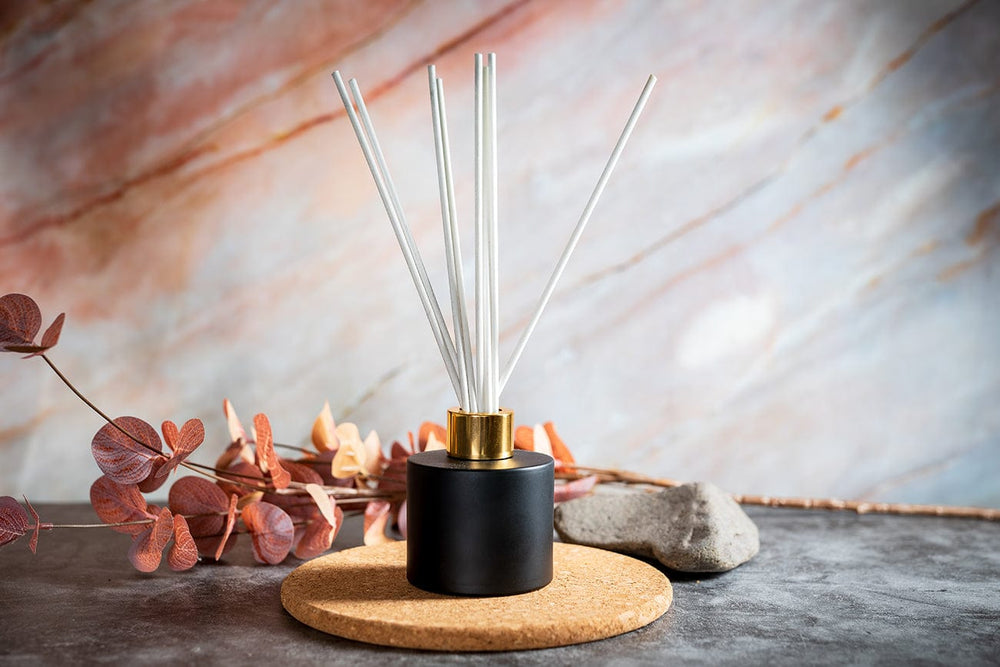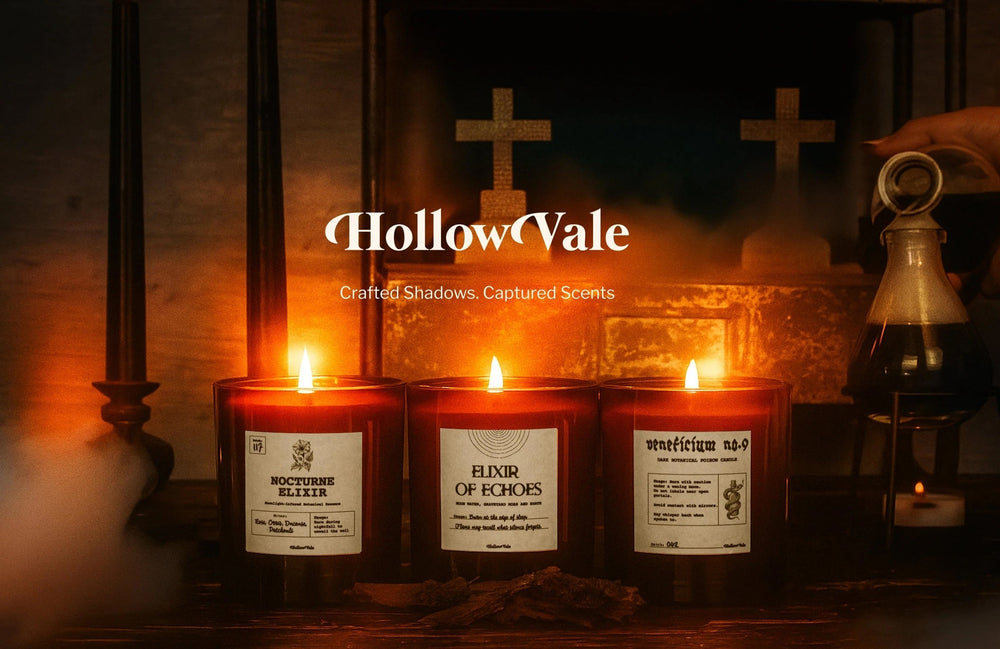As any candle-making enthusiast or business owner will know,
it is easy to make a candle but making a good one? That’s another story
altogether. There are many hidden pitfalls as well as countless steps that are
easy to miss, if you don’t know to look out for them.
Take a look below at the most common mistakes in candle
making and learn how to avoid them. Your candle creations will look epic in no
time!
Mistake 1: Cold jars and paraffin wax
Pouring paraffin wax into cold candle containers can cause
“jump lines” on your candles if you are using clear glasses. So, if you are
using clear jars, we’d recommend pre-heating them to 40°C before pouring your liquid wax. Your candle will have a much better appearance.
Mistake 2: Off-centre wicks
Candles with off-centre wicks will have an amateur
appearance. Luckily, there is an easy way to remedy this: wick
centering tools (also known as wickclaws). With these, your wicks will be
straight and perfectly centred, and will also have sufficient tension to avoid
distortion as the wax cools.
Mistake 3: Irregular wick lengths
Inconsistent wick lengths can not only make otherwise
perfectly fine candles look sloppy, but they can also affect performance and
safety. Wicks that are too short can be difficult to light and wicks that are too
long can create larger flames. Long wicks will also make your candle burn
faster and cause more sooting. To bypass these issues, we recommend trimming your wicks before lighting to a length of 10mm.
Mistake 4: Inconsistent wick lengths
Even with a specific wick length in mind, it may be difficult to have consistent results. Here, we would recommend using a wick trimming tool. If used correctly, this will help you reach the same wick length every time.
Mistake 5: Unusual candle heights
A container candle that has been over filled could have a melt pool that is very close to the rim of the candle glass. A candle that has been under-filled can make it look like you’re trying to save on costs. As a good rule of thumb, we’d suggest using 220g of fragranced wax for a 30cl candle jar or container.
Mistake 6: Skipping testing
Once the candle is poured and cooled, it’d be very tempting
to call it a day. But before you show off your creations, make sure to test them to be certain that they are safe to use and perform well. There are different opinions on how candles should be tested, many of which are incorrect. Our personal recommendation would to be follow the standard for fire safety (EN 15493:2019) and the standard for sooting behaviour (EN 15426:2018).
Mistake 7: Insufficient curing times
Curing times that are too short can give you misleading or false
burn profiles, which in turn could mean that your candles aren’t being tested properly. To avoid this, we’d recommend letting the candles cure for 48 hoursbefore lighting them.
Mistake 8: Underestimating flame height
For the safety and enjoyment of everyone concerned, don’t forget to test your candles for flame height before distributing them. Generally, for a 30cl jar or container, the flame would be expected to be 20mm to 30mm in height.
Mistake 9: Not considering aftersmoke
Aftersmoke, also sometimes called afterglow, refers to when
the candle wick continues to glow or smoke after its flame has been extinguished. While most candles will have aftersmoke, prolonged aftersmoke can
be problematic and is usually due to an incorrect wick choice or a fundamental issue with a fragrance oil. For safety and customer experience, your candle’s aftersmoke should be no more than 30 seconds on average. Ideally, you should be
aiming for an average aftersmoke of no more than 15 seconds if possible – the lower the better.
Mistake 10: Using the same techniques with all waxes
Not all waxes are alike and what produces great results with one may not work with another. So before you start heating, mixing and pouring, check the recommended pouring and finishing techniques for your wax of choice.
Do you have more questions or tricky problems? Head over to
our Facebook Candle-Making
Community!


